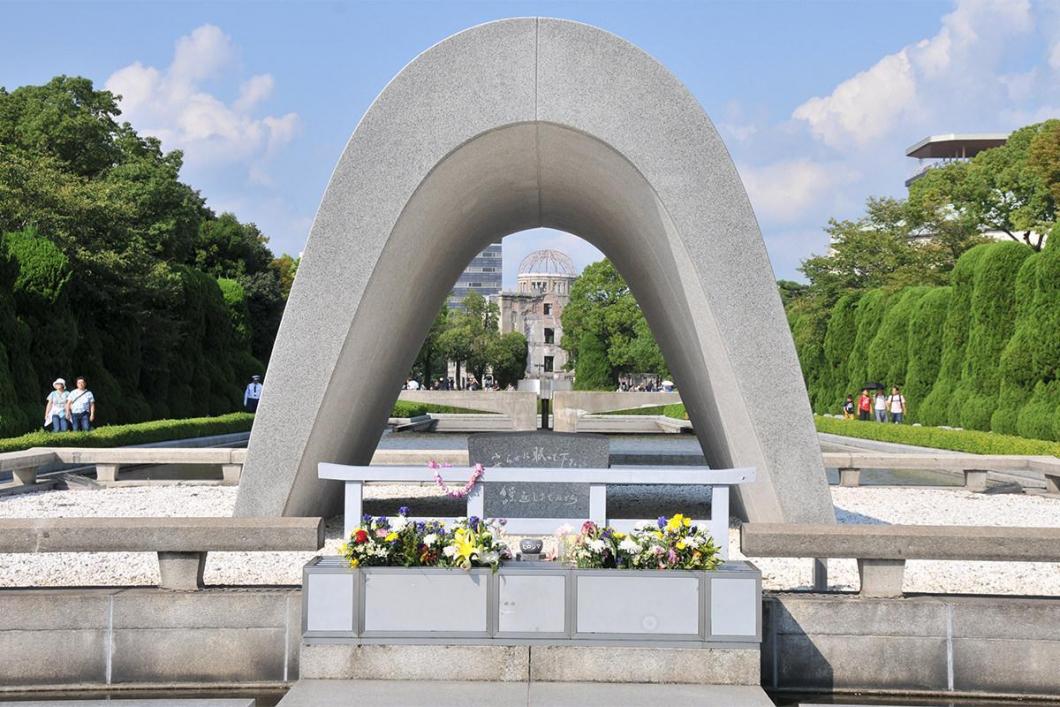
Hiroshima Nagasaki Day Coalition
Hiroshima-Nagasaki Day 75th Anniversary Commemoration with Setsuko Thurlow & Friends
Thursday, August 6, 2020 at 7:00 PM – 8:30 PM EDT
“This is the beginning of the end of nuclear weapons.” ― Setsuko Thurlow
TORONTO: On August 6th at 7pm the Hiroshima-Nagasaki Day Coalition invites the public to participate in the 75th Anniversary Commemoration of the Atomic bombings of Japan. Held annually in the Peace Garden on Nathan Phillips Square in Toronto, this is the first time it will take place online. The commemoration will focus on 75 years of living with the threat of nuclear war and the wisdom gained from its survivors, whose refrain “Never again!” has been repeated as a warning to the world. A particular focus of the 75th commemoration will be the role that Canada played in the Manhattan project. The first keynote speaker will be A-bomb survivor Setsuko Nakamura Thurlow, who inaugurated the annual commemorations in Toronto in 1975 when David Crombie was the Mayor. Setsuko Thurlow has been engaged throughout her life in public education and advocacy for nuclear disarmament. Her efforts around the world have been recognized by membership in the Order of Canada, commendation from the Japanese Government, and other honours. She jointly accepted the Nobel Peace Prize on behalf the International Campaign to Abolish Nuclear Weapons with Beatrice Fihn in 2017.
The second keynote will be delivered by peace activist and historian Phyllis Creighton. She will sketch Canada’s role in creating the atomic bombs dropped on Hiroshima and Nagasaki, its nuclear industry’s reckless endangering of Dene workers, severely impacting the Indigenous community, Canada’s continued sale of uranium and nuclear reactors enabling more countries to become nuclear armed, and its full commitment to NORAD and NATO, both nuclear alliances relying on nuclear weapons. Ms. Creighton visited Hiroshima in the 2001 and 2005. She speaks eloquently about the meaning of Hiroshima today.
Music by Grammy-nominated flautist Ron Korb and photos, animation and brief excerpts from documentaries will show major highlights of the 75-yearlong effort to abolish nuclear weapons. Giving us hope for their eventual elimination is the UN Treaty on the Prohibition of Nuclear Weapons, now with 39 of the 50 nations needed to sign and ratify it before coming into international law. Thus far, Canada is not a signatory. The co-hosts for the commemoration are Katy McCormick, an artist and professor at Ryerson University and Steven Staples, Chairperson of PeaceQuest.
Registration for the online event can be found here.
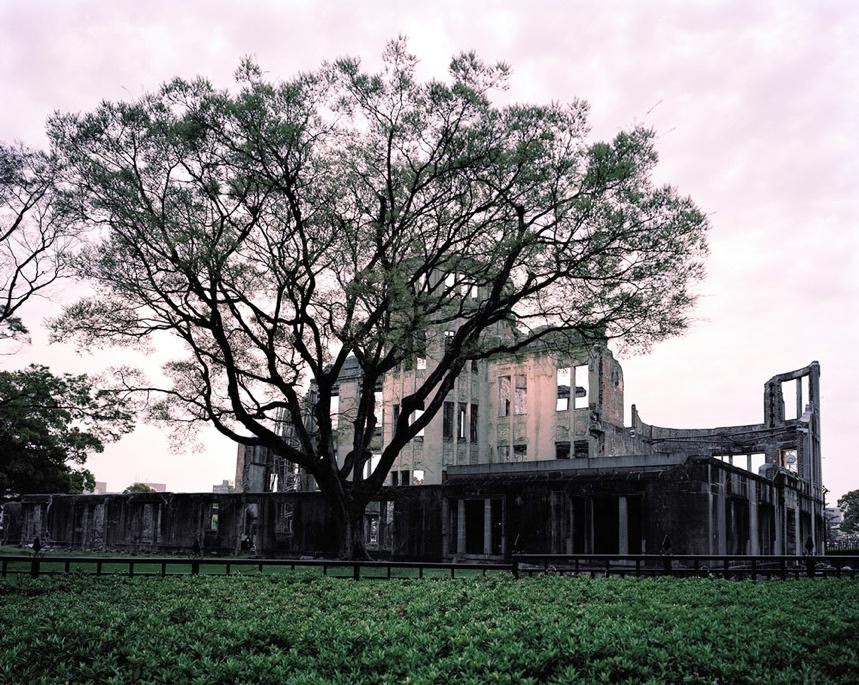
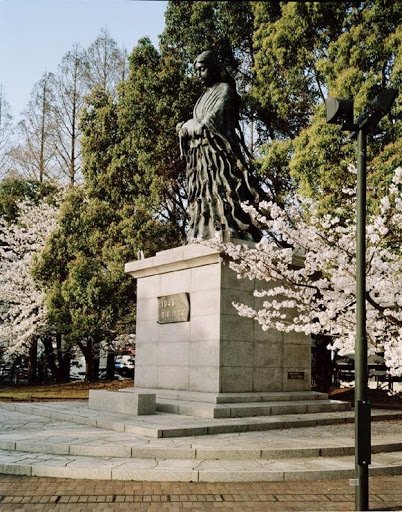
On the morning of August 6th, 1945, 13-year old Setsuko Nakamura gathered with about 30 classmates near the centre of Hiroshima, where she had been drafted into the student Mobilization Program to decode secret messages. She recalls:
At 8:15 a.m., I saw a bluish-white flash like a magnesium flare outside the window. I remember the sensation of floating in the air. As I regained consciousness in the total silence and darkness, I realized I was pinned in the ruins of the collapsed building… Gradually I began to hear my classmates’ faint cries for help, “Mother, help me!”, “God, help me!” Then suddenly, I felt hands touching me and loosening the timbers that pinned me. A man’s voice said, “Don’t give up! I’m trying to free you! Keep moving! See the light coming through that opening. Crawl toward it and try to get out!” ―Setsuko Thurlow
Setsuko would discover that she was one of only three survivors from that roomful of girls. She spent the rest of the day tending to horrifically burned individuals. That night she sat on a hillside and watched the city burn after one Atomic bomb, code-named Little Boy, demolished the city of Hiroshima, instantly killing 70,000 people, and causing the deaths of 70,000 more by the end of 1945. In the film Our Hiroshima, by Anton Wagner, Setsuko describes the explosion. She discusses the way in which the atomic bomb survivors were used by the American scientists as guinea pigs. Working tirelessly to abolish nuclear weapons, she continues to work to get the Treaty on the Prohibition of Nuclear Weapons ratified by speaking as a witness to the catastrophic human effects of nuclear weapons at the UN. Mrs. Thurlow may be contacted by the media here.
On August 9th, 1945, Fat Man, a plutonium bomb, devastated Nagasaki’s Urakami Valley, exploding 600 meters from the largest Catholic cathedral in Asia, obliterating churches, schools and neighborhoods, and killing 70,000 non-combatants. Due to the censorship imposed by the U.S. Occupation Press Code, which forbade any materials to be published in Japan, few understood the human impacts of these bombs, or the consequences of their radioactive by-products, bringing on cancers in the months and years to follow.
Little known to many Canadians, Prime Minister Mackenzie King entered into a significant partnership with the US and Great Britain in the Manhattan Project’s development of the atomic bombs, including mining, refining, and exporting the uranium used in Little Boy and Fat Man. Even more disturbing is that Dene workers from the Great Bear Lake area were hired to transport the radioactive uranium in cloth sacks from the mine to barges, which moved the uranium downriver to be processed. The Dene men were never warned about radioactivity and were not given any protective equipment. Peter Blow’s documentary Village of Widows chronicles how the atomic bomb impacted an indigenous community.
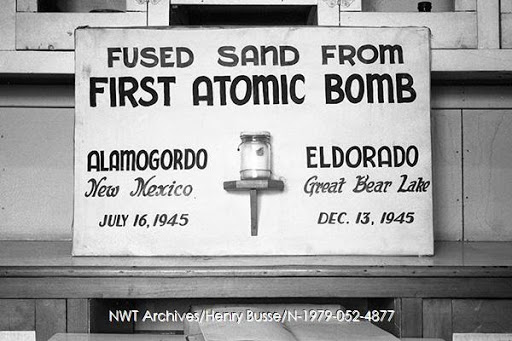
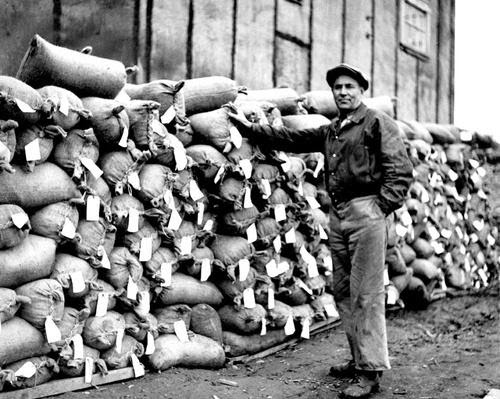
The Dene workers talked about the fact that the ore always leaked from the sacks while they would load and unload them from the mine to barges and trucks as the ore made its way to Port Hope to be refined. More disturbing still, the Eldorado mining company knew that the ore caused lung cancer. After conducting blood tests on the mine workers in the 1930s they had proof that the blood counts of the men were adversely affected. In 1999 the Deline First Nation secured agreement with the federal government to undertake a study to address the human health concerns. Titled The Canada-Déline Uranium Table (CDUT), it concluded that it was impossible to positively link cancers to the mining activities despite overwhelming evidence to the contrary. At the bottom of Great Bear Lake is over a million tons of tailings that will remain radioactive for the next 800,000 years. For an excellent overview, see Village of Widows, directed by Peter Blow, especially: 03:00 – 4:11, 6:12 – 11:24.
Media Contact: Katy McCormick kmccormi@ryerson.ca
Photographs copyright Katy McCormick, except archival images above.
http://hiroshimadaycoalition.ca/

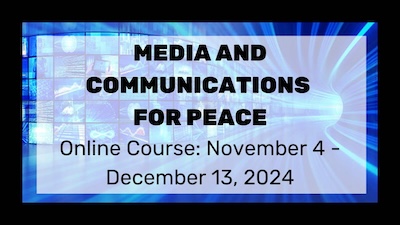

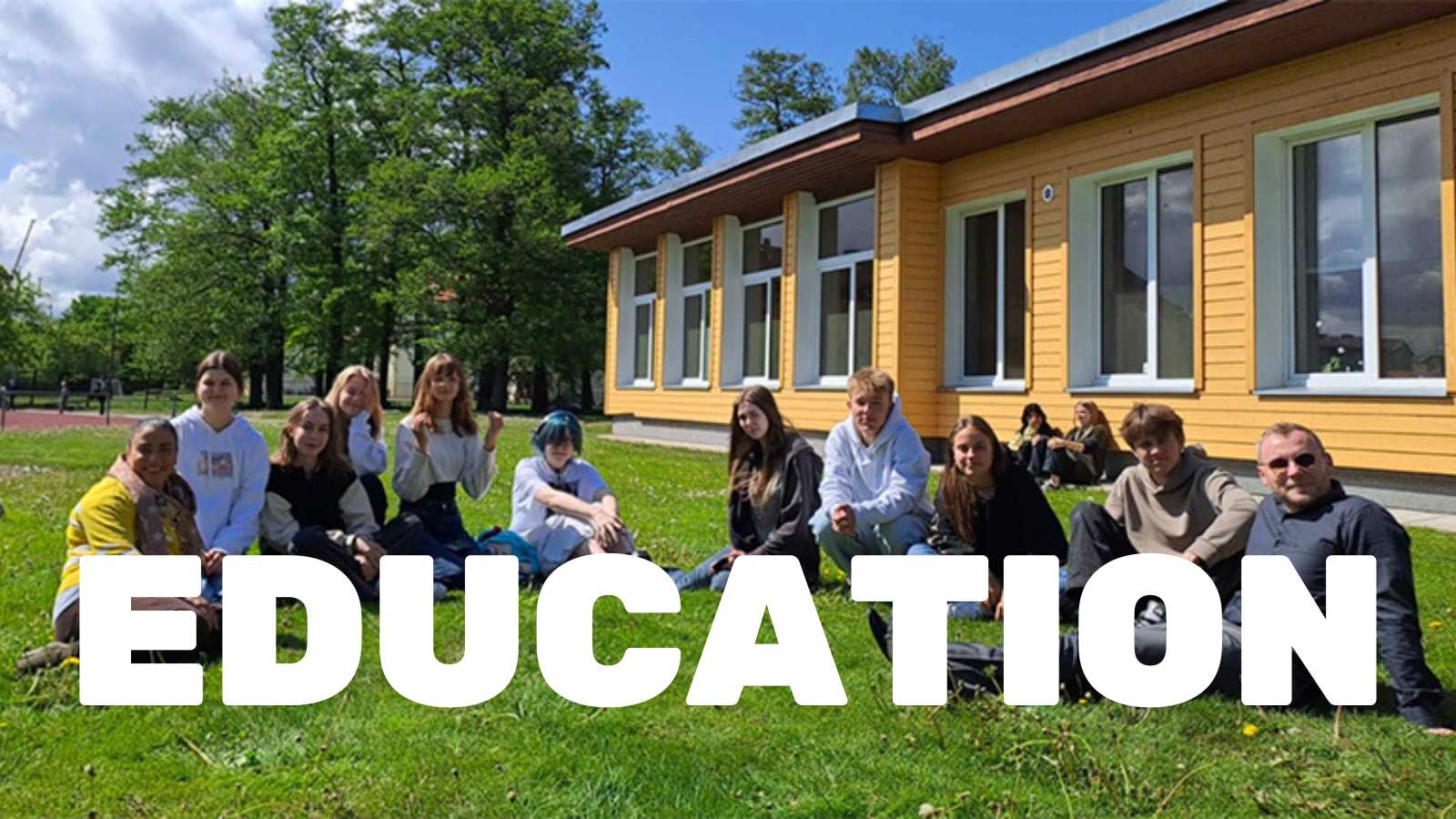
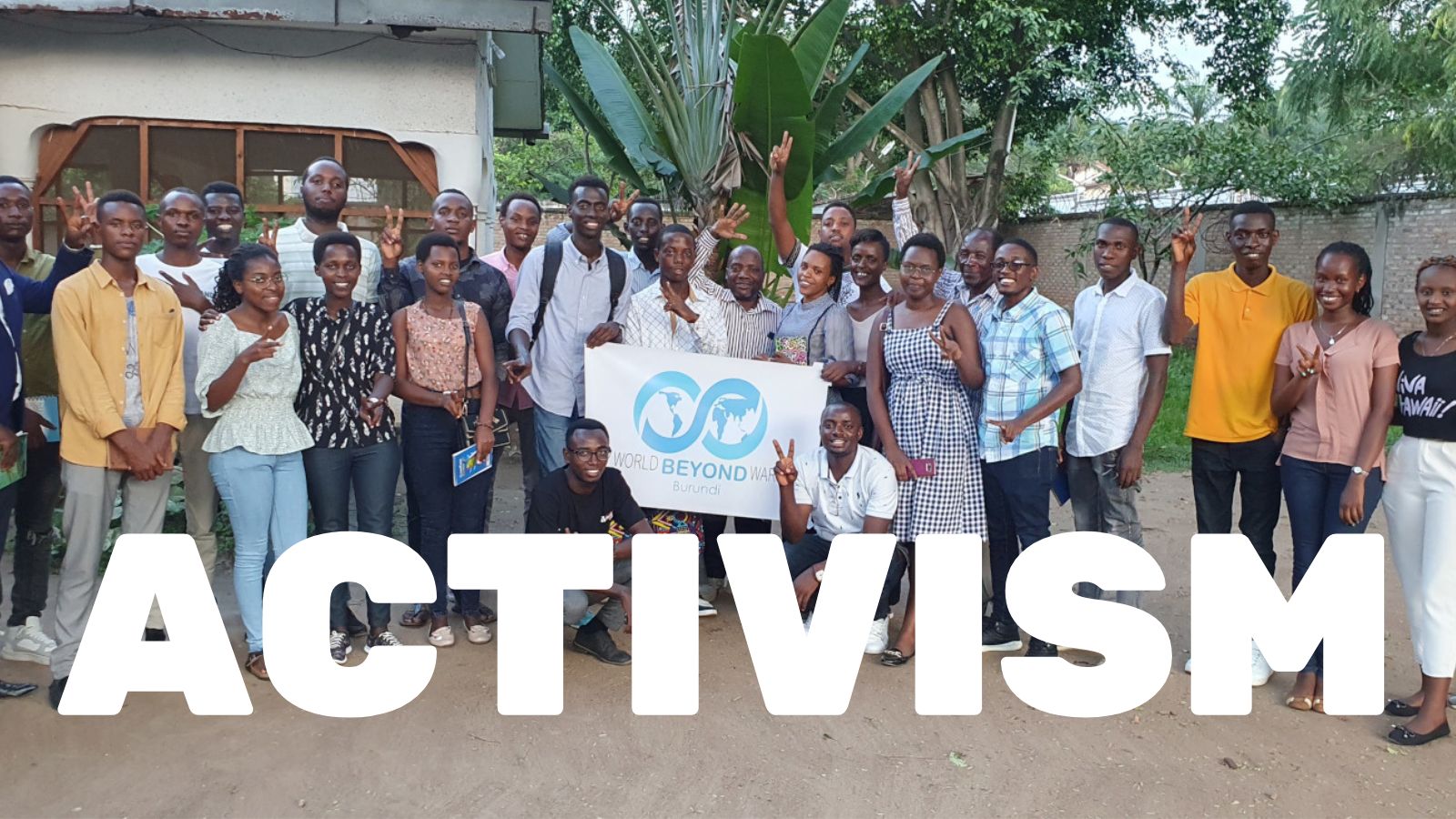
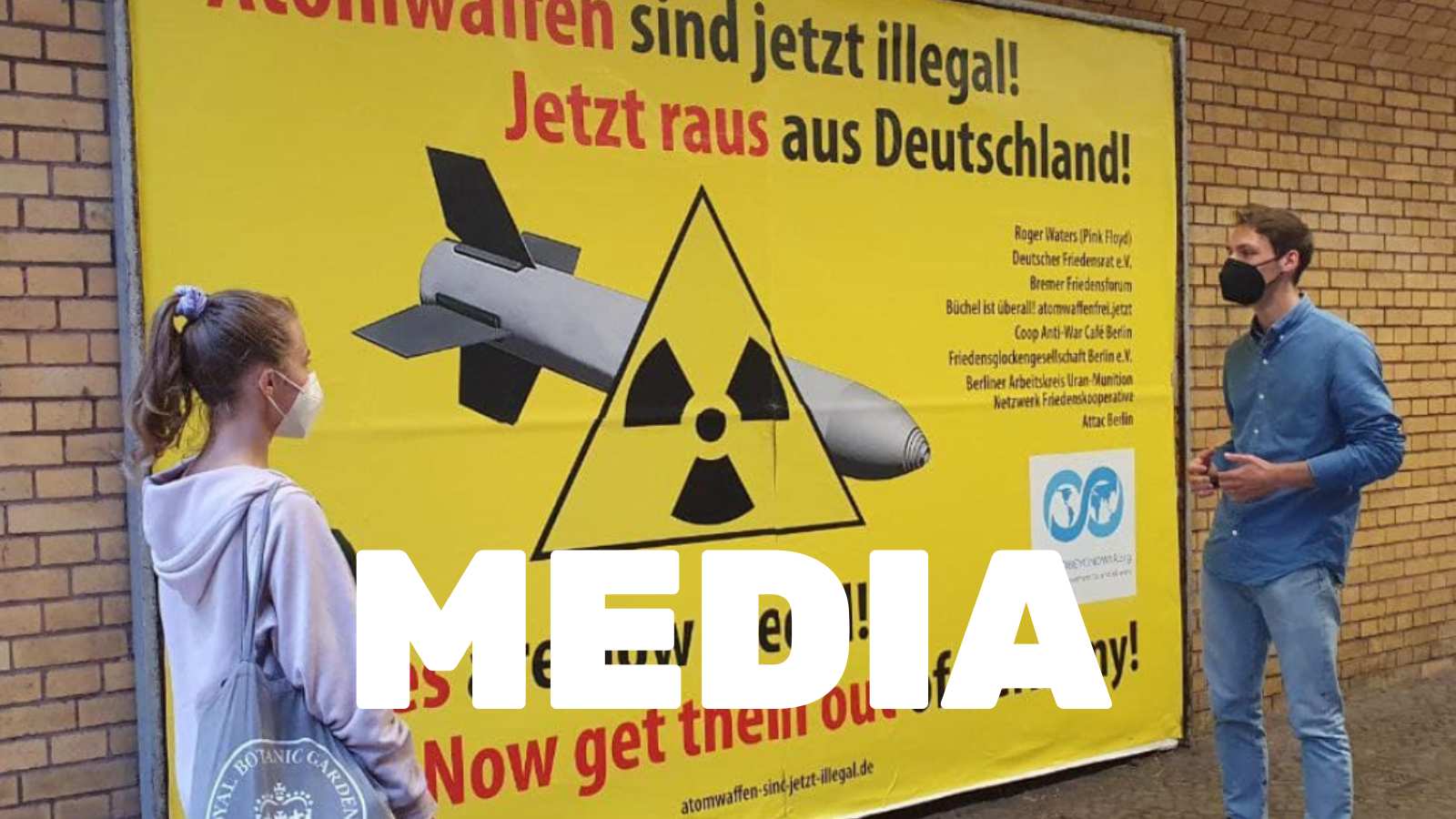
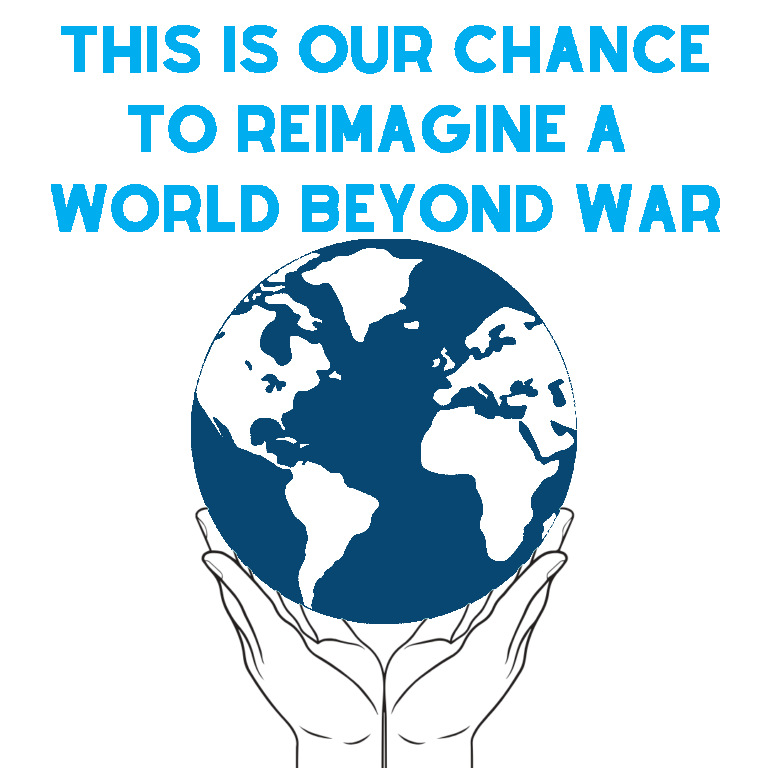
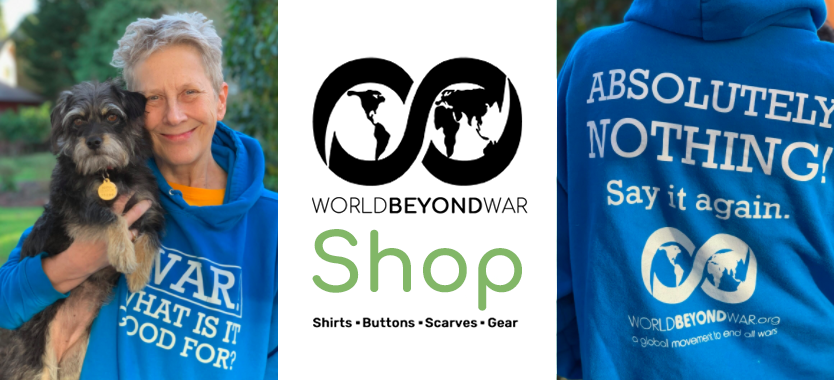
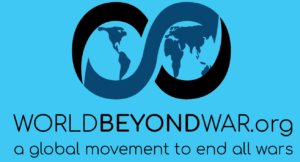
One Response
say no to nuclear and say yes to eco-friendly environments!